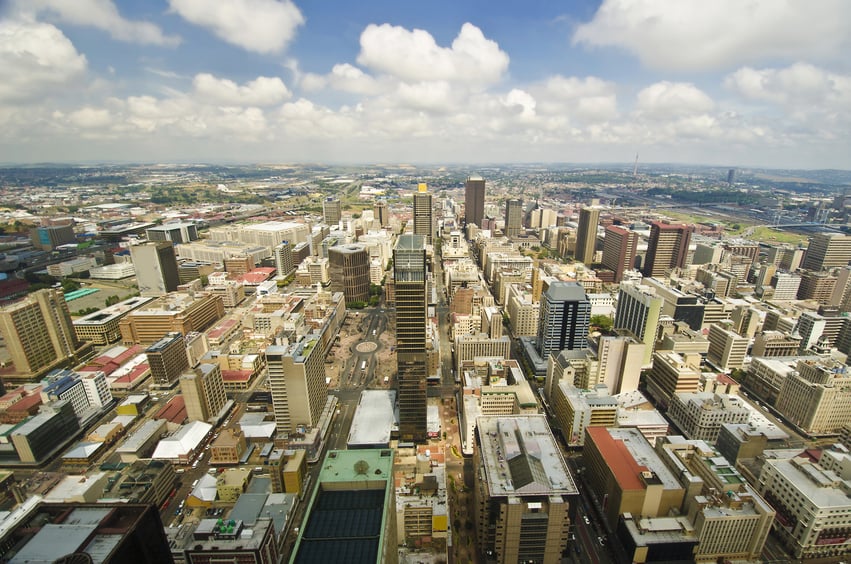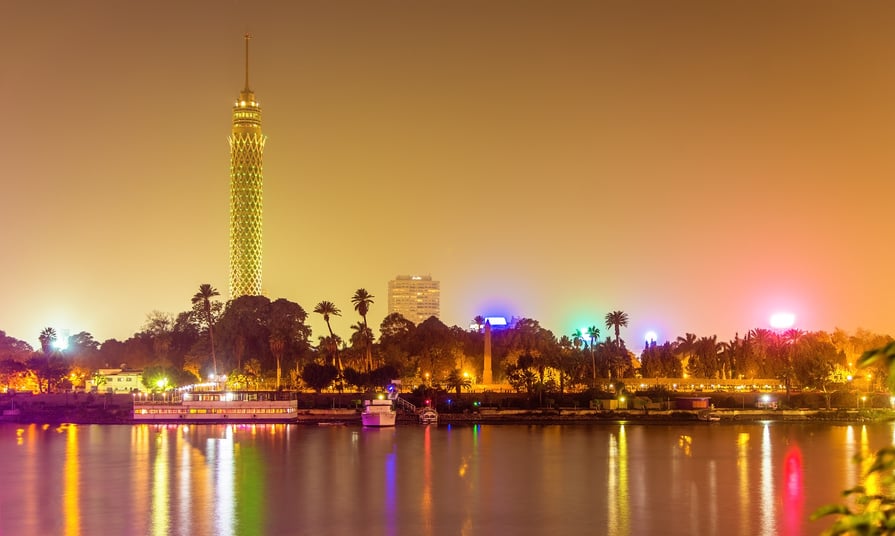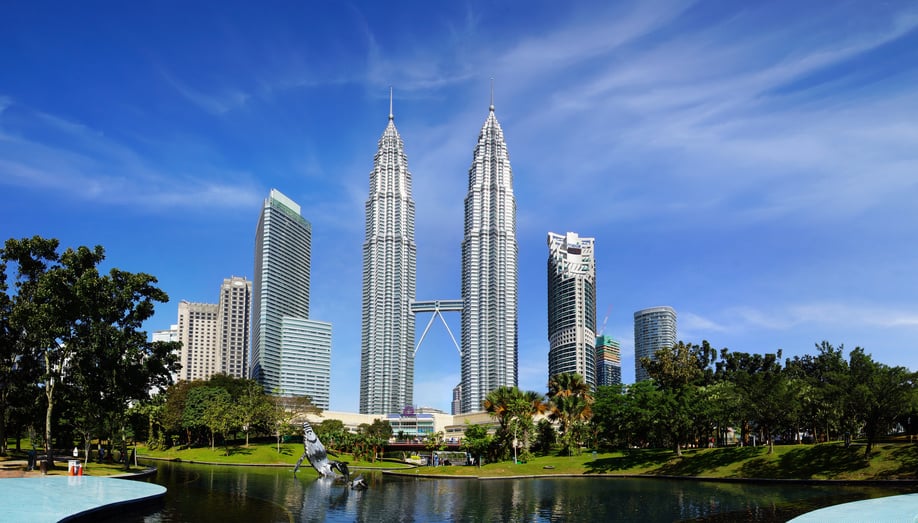In brief
In February this year, the South African Hydrogen Society Roadmap (HSRM) was published by the South African government. This is the culmination of efforts spread over many years – see our article on the hydrogen timeline here. As the country navigates its energy transition, the Roadmap is considered to be an important marker on its path towards implementing hydrogen development, which is envisaged to be at the centre of South Africa’s strategy for economic growth and mitigating climate change.
In depth
In February 2022, the South African Hydrogen Society Roadmap (HSRM) was published by the South African Department of Science and Innovation, marking an important milestone in the launch of South Africa’s hydrogen economy.
The HSRM was developed by the Department of Science and Innovation, Hydrogen South Africa (HySA), and government and industry stakeholders. It focuses on national ambitions, sector prioritization, the overarching policy framework and the macro-economic impact of the hydrogen economy throughout South Africa.
The Roadmap is aligned with the country’s Integrated Resource Plan, the Integrated Energy Plan and the Renewable Energy Policy, all of which acknowledge the important role of hydrogen in South Africa’s just energy transition, which aims for net zero emissions by 2050.
Targets
The HSRM outlines a number of targets, including the creation of an export market for green hydrogen and ammonia, the implementation of a Center of Excellence in manufacturing for hydrogen products, the development of domestic hydrogen supply chains, the production of 500 kilotons of green hydrogen by 2030, and a long term target of 15 GW power generation based on hydrogen by 2040. Further targets include a one megawatt small-scale electrolysis facility piloted by 2025, and the deployment of 10 GW electrolyzers in the Northern Cape and 1.7 GW electrolyzers in the Hydrogen Valley by 2030.
Large catalytic projects
Four large scale catalytic projects are currently being developed to facilitate the green hydrogen and ammonia journey in South Africa.
- The Platinum Valley Initiative (PVI) – South Africa’s Hydrogen Valley was launched to develop catalytic green hydrogen hubs and establish a “Hydrogen Corridor”. The planned Hydrogen Corridor will link the Anglo American Mokopane Platinum Mine to Johannesburg and Durban and identifies nine hydrogen-related industrial, construction and transport projects that could be used to kick start the Hydrogen Valley. The PVI will support the increase in hydrogen consumption via the introduction of heavy-duty fuel-cell trucks (as opposed to heavy-duty diesel trucks), as well as contributing to a just energy transition, the facilitation of job creation and an increase in GDP.
- The COALCO2-X project in Mpumalanga plans to use green hydrogen and coal power station flue gas pollutants to support the country’s just energy transition to a decarbonized energy system, meet emission reduction goals and create value added products, such as fertilizer salts for export.
- Sasol is leading the Boegoebaai Green Hydrogen Development Project, located in the Namakwa Special Economic Zone in the Northern Cape. The project has an established hydrogen production plant and is a designated Strategic Integrated Project (SIP) in the South African National Development Plan. It will consist of seven key facilities, including the construction of a deep water port, the use of 30 GW of wind and solar, and a battery park to power 10 GW of electrolyzers by 2030. The project will also include the production of green ammonia linked to green hydrogen for export and for use as maritime fuel and feedstock.
- Sasol is also playing a leading role in the Sustainable Aviation Fuels (SAF) project. SAF is key to GHG emission reductions, improved local air quality, reduced exposure to jet fuel supply and price volatility, and the decarbonization of aviation fuels.
In April 2022, Sasol confirmed it will first manufacture hydrogen via its existing electrolyzer units and ammonia plants. Sasol aims to produce 3.5 tons a day for local use, and down the line it will build greenfield projects dedicated to green hydrogen for export purposes, including participating in the German government’s H2Global auction program.
Further developments
In other key hydrogen developments, the South African government noted recently that the installation of hydrogen fuel cells to power data centers, to replace the currently used diesel power generators, is under consideration for the Limpopo Science and Technology Park. In addition, earlier this year, plans were announced to develop a green ammonia plant in Nelson Mandela Bay by 2025.
A collaborative effort
On 18 May 2022, South Africa, alongside Egypt, Kenya, Morocco, Mauritania and Namibia, launched the Africa Green Hydrogen Alliance, with the intention to foster collaboration and ensure the continent is able to lead in the development of green hydrogen for energy transition.
The South African government has noted that the key actions of the HSRM will be enabled by a team of experts from industry, academia and government. The government has also established a partnership with the United Nations Industrial Development Organization (UNIDO) that will help create a National Hydrogen Energy Centre to institutionalize the implementation of the HSRM, and ensure that the country’s hydrogen roadmap is clearly laid out.



